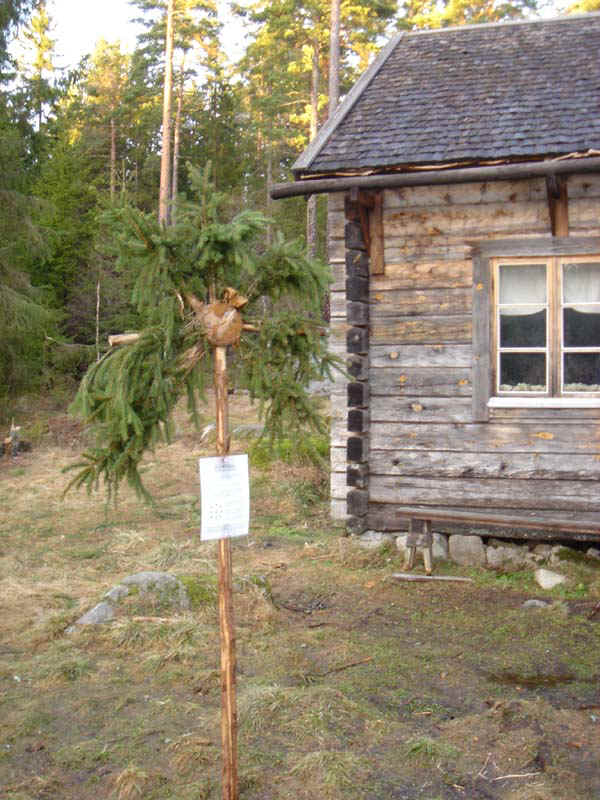@Ionus,
That Martin Luther had a tree with candles is a legend - not a fact.
Late in the Middle Ages, Germans and Scandinavians placed evergreen trees inside their homes or just outside their doors to show their hope in the forthcoming spring.
-----------------------------------
As a matter of fact and it is also strange that we in Scandinavia know so little about the history of the Christmas tree even thou it is one of the most important part of Christmas.
In Sweden we do have rather early proof of a Christmas tree and that is from some nobel familes around 1740 but the tradition did not spread until around 1800. Around 1900 there were still families who did not have a tree.
Much much earlier a tree was not inside the house, but only the top of a tree with the tree-trunk without the lower branches. Itwas put outsidde either in the snow or two - one on each side of the door. The branches were placed on the doorsteps as a welcome and indoors was straw on the floor.
This was a sign of the beginning of Christmas
Sometimes it was put up on Christmas Eve.
The rituals around this and the name and also shape are different in different parts of Sweden. In some area they were called Christmastree
